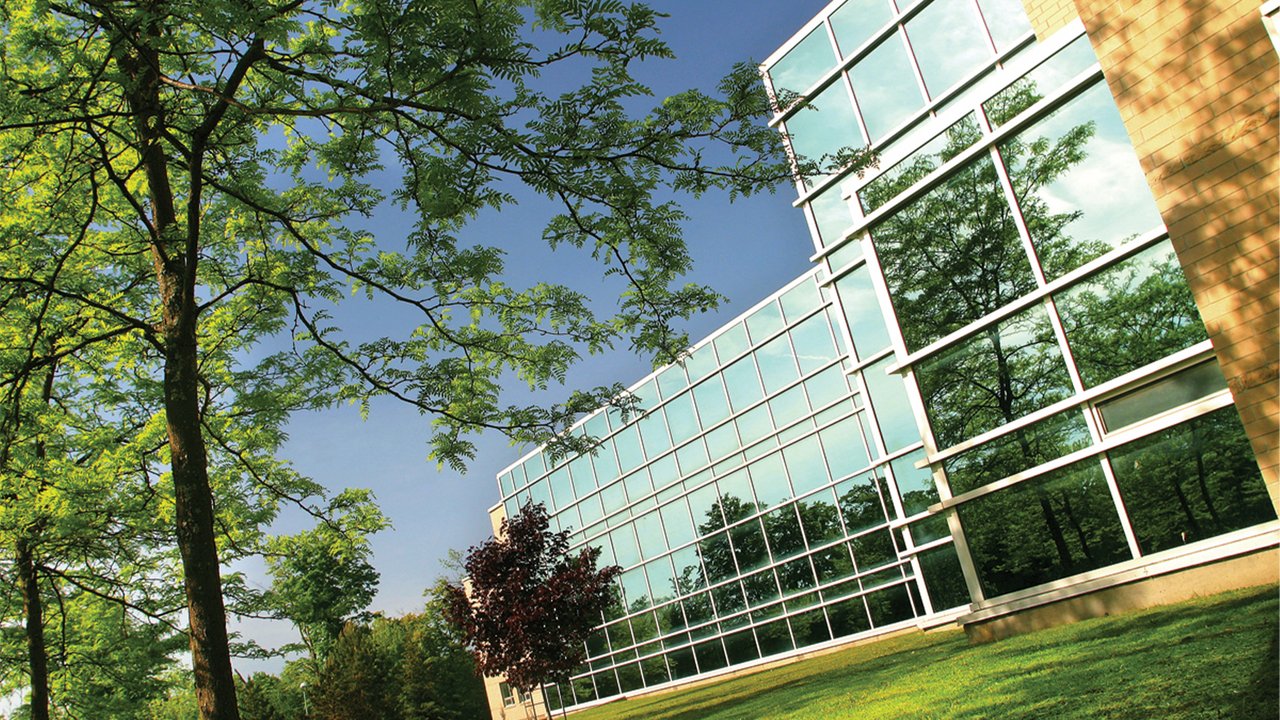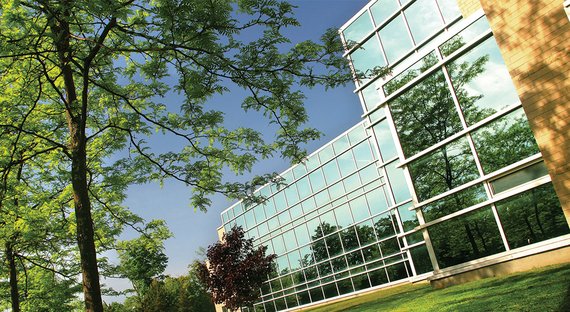



Practical applications for Indigenous pedagogy are myriad. While there are many challenges to integrating these adaptations, possibly the biggest one is the differences between Indigenous learning styles and those inured within more Eurocentric education systems. Indigenous pedagogy, however, does not need to mean a complete overhaul of your classroom or the college, in general. There are small changes that you can make that will help both your Indigenous students and other students with different learning styles as well.
Below are some concrete suggestions for possible adaptations.